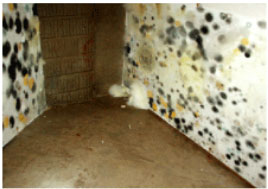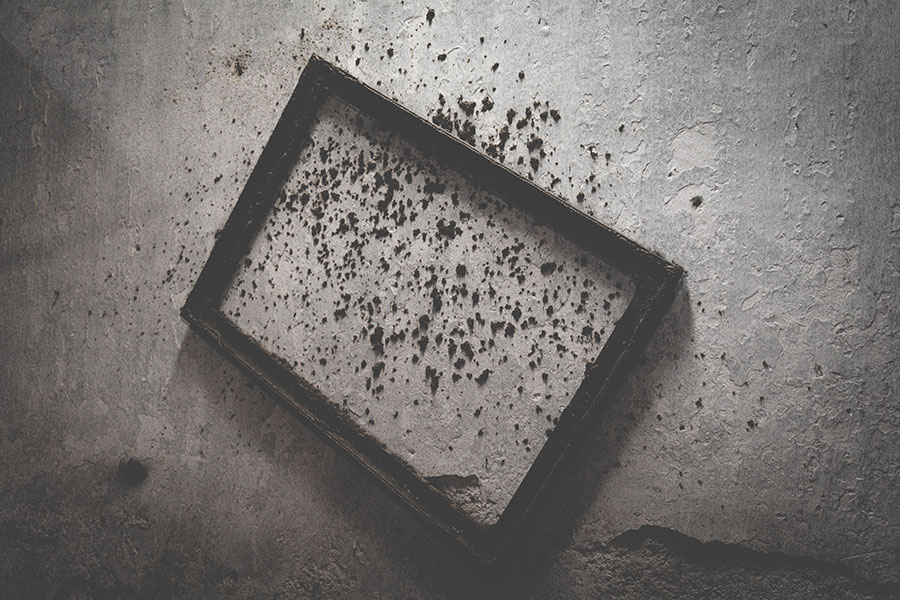Mold Inspections
When is a Mold Inspection Needed?
The reasons are usually:
- Recent Water Damage
- Visible Growth
- Strange Smell
- Health Complications
- Looking For Peace of Mind
- Real Estate Transaction
We help people in all of the above situations find out not only if they have a problem, but also where the source is. A mold inspection starts as a home inspection, which is a non-invasive, visual examination of the home’s interior and exterior, and its various systems and components.
The scope of a mold inspection requires particular knowledge of HVAC systems, roofs, the exterior, and plumbing systems. Musty odors, moisture intrusion via a roof or plumbing leak, or even evidence of suspected mold can warrant a mold inspection.
Once mold gets a foothold, it cannot always be completely eradicated, so the best cure is prevention. Homeowners must be vigilant about checking for leaks both inside and outside, and making sure their home is free of conducive conditions – the main culprit being water. For instance, leaks should be fixed as soon as possible. And indoor humidity and moisture should be controlled by making sure appliances, such as the clothes dryer and dishwasher, are vented properly, and that the vents themselves are operating as they should. Windows are another place prone to mold growth if the frames are old and damaged, or the seals on the panes have failed. And basements and crawlspaces are notorious breeding grounds for mold, especially if they’re used only for storage, the windows are old or damaged, and/or the area experiences occasional flooding.
Testing
Mold testing involves two main methods: air sampling and surface sampling. Both types require analysis by a certified laboratory.
Along with the sampling equipment, the tools commonly used by home inspectors for a mold inspection of the home’s interior include the following:
- Moisture meter: This basic tool is used to detect moisture in structural components. There are invasive and non-invasive models available.
- Humidity gauge: This measures the humidity level in a room or building.
- Thermal imaging or infrared (IR) camera: Where visual inspection is not possible, especially for suspected water intrusion that’s inside structural components, damp and wet areas can be detected non-invasively with thermal imaging. The problem areas will show up as dark gradients.
- Borescope: This is a camera that can visualize suspected mold growth and other problems inside plumbing pipes and structural elements through an opening in therotameter: This device measures the air flow rate, which can be helpful to determine if the home has conducive conditions for mold growth.


Air Sampling
Air sampling is conducted indoors and outdoors using spore traps or canisters. This less-common method is used for homes in areas suspected of having high concentrations of mold spores. The outdoor samples are used to create a control or baseline to determine the level of contamination, and then the control is compared to the indoor samples. When taking the outdoor sample, the home inspector should be alert to environmental conditions that can affect the results, such as wind, rain, snow, and fluctuating temperatures.
Surface Sampling
- Surface sampling is the most common method for testing for indoor mold.Here are some methods of surface sampling that can be performed:- Tape sample: This is the most common method of sampling visible mold, as it allows the inspector to collect several samples in different parts of the home quickly. Sampling kits are typically sold by the laboratories that test for mold and send back the results of their analysis.
- Swab sample: A cellulose swab with a liquid preservative is used to collect any suspected mold for laboratory testing.
- Carpet sample: In rooms where there is carpeting, testing can be performed on vacuumed contents, or even a snip of the carpeting. Typically, carpets that have visible mold or have tested positive for mold should be discarded and replaced, as it’s nearly impossible to remove all traces of mold from carpet fibers, where mold will likely continue to grow.

